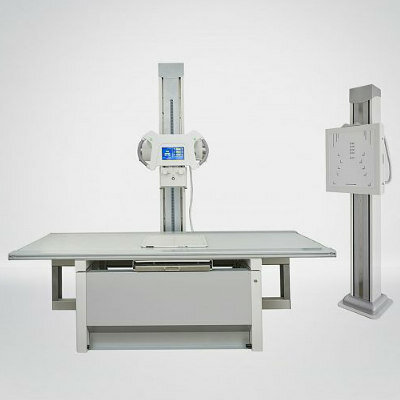Tracking Coronary Artery Calcium Accumulation Could Save Lives
By MedImaging International staff writers
Posted on 30 May 2013
Individuals with rising accumulations of coronary artery calcium were more than six times more likely to suffer from a heart attack or die from heart disease than patients who did not have increasing accumulations, according to a recent study. Posted on 30 May 2013
The study, published May 7, 2013, in the Journal of the American College of Cardiology, and conducted at Los Angeles Biomedical Research Institute (LA BioMed; USA) and five other sites, suggests more frequent monitoring of patients with coronary artery calcium accumulations could help determine the risk of heart attacks and give those patients time to make changes to reduce the risk.
For the study, researchers measured the coronary artery calcium in a diverse group of 6,778 persons aged 45 to 84 years from the MESA (Multi-Ethnic Study of Atherosclerosis) study. The participants had no history of coronary heart disease prior to enrolling the MESA study. Researchers found that nearly half (49.9%) of the participants had coronary artery calcium in their initial scans, and most of them (84.8%) continued to accumulate coronary artery calcium, as measured in subsequent computed tomography (CT) scans approximately 2.5 years later. For those with the greatest increase in coronary artery calcium buildup (300 units or more), the study found a more than six-fold increase in coronary heart disease incidents independent of other risk factors for heart disease.
“We have known that coronary artery calcium can be related to heart disease, but this study shows the progression of the accumulation of the calcium in the arteries can be a significant factor in evaluating the risk that a patient may suffer a heart attack in the future,” said Matthew Budoff, MD, the lead author of the study and an LA BioMed lead investigator and director of cardiac CT. “By conducting serial CT scans, we may be able to identify people at high risk of a heart attack and intervene to prevent that heart attack through new therapies, lifestyle changes, and other modifications. Further study is needed to determine if more frequent CT scans would be a cost-effective approach to reducing coronary heart disease, the number one cause of death for both men and women in the US.”
Related Links:
Los Angeles Biomedical Research Institute














